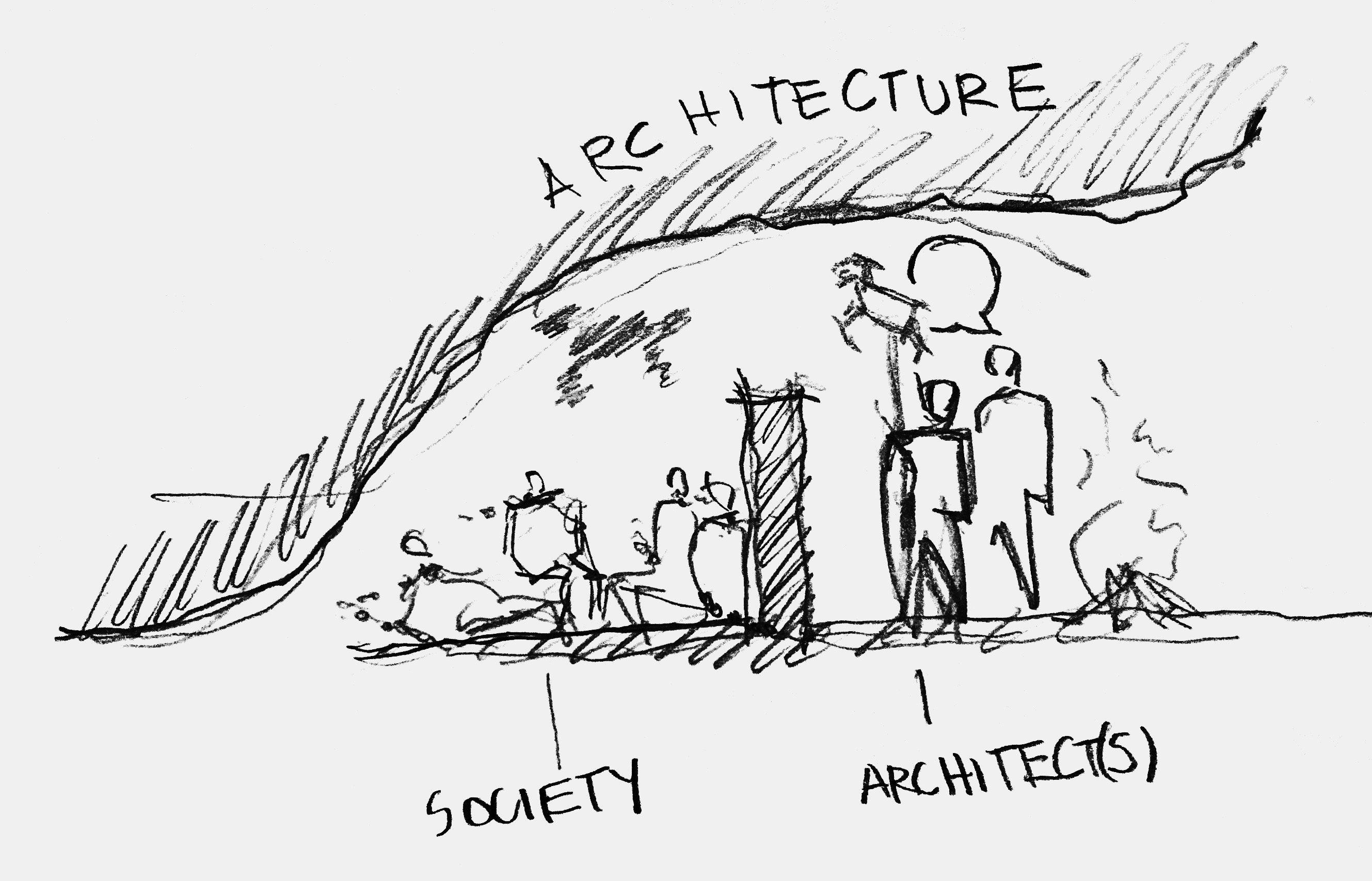Performativity in Architecture
The production of discourse, meaning and action from contemporary architectural activity
DOI:
https://doi.org/10.18861/ania.2022.12.2.3210Keywords:
architecture, performativity, performance, contemporary theory, contemporary crisis, architectural discourse, Plato, language, communication, meaning, actionAbstract
Architecture is positioned, from its communicative capacities, as a system of interpretation, representation and transformation of reality. Within the context of contemporary architectural activity, performativity in architecture can be understood as that capacity that starts from its communicational nature, to transcend any function, program or specific context, to become a catalyst for new processes and exceed the transmission of a message, in favor of the construction of an interpretation of reality, the production of meaning or the generation of new relationships with the user.
The contemporary context has once again valued the semantic content of architectural work in response to the disciplinary crisis that it has been going through since the end of modernity. As Lorenzo Rocha (2018) states, “Almost all architects agree that their profession is in crisis, but most of them would not know how to explain exactly the reasons for the discomfort in architecture” (p. 12). The concept of performativity in architecture stems from the recognition of one of the many capacities that characterize the discipline, associated with processes that generate actions or pose ideological statements to transcend technical specialization and disciplinary capitalization, perhaps the main drivers of the contemporary crisis. However, it is not a new capacity, but rather one that can be recognized as implicit in the exercise of the discipline. Its study in contemporaneity allows a reinterpretation of the precepts of the exercise of architecture to restore its value as a system of thought and interpretation of reality, capable of translating and transforming the reality in which it is inserted. As it seems impossible to explain performativity without adopting a performative attitude in this regard, this article starts from a brief analysis of Plato’s ‘Allegory of the cave’, which makes it possible to transpose certain concepts to the field of architectural discipline and propose a general approach to what we understand as ‘Performativity in Architecture’, concluding in the exhibition of one of its most representative manifestations, that which we define as architectural performance.
Downloads
References
Amann, A. (2018). Arquitecturas otras. Montevideo: Facultad de Arquitectura, Diseño y Urbanismo. Universidad de la República.
Espinosa, A. S., Faral, J. & Medina G. (2014). Atrévete a pensar. Montevideo: Contexto.
Jencks, C., & Baird, G. (Eds.). (1975). El significado en arquitectura. Madrid: Hermann Blume.
Jones, P. (2011). The sociology of architecture. Liverpool: Liverpool University Press.
Mitchell, S. (2020). Utopia and Its Discontents: Plato to Atwood. Bloomsbury Publishing.
Patterson, M. (22 de enero de 2019). Architecture as performance art. American Journal of Cultural Sociology, 8, pp. 158-190. https://doi.org/10.1057/s41290-018-00067-2
Quesada, F. (2014). Arquitecturas del devenir. Madrid: Ediciones asimétricas.
Sarquis, J. (2006). Arquitectura y modos de habitar. Buenos Aires: Nobuko.

Downloads
Published
How to Cite
Issue
Section
License
Copyright (c) 2021 Eduardo Faral, Pablo Fregosi, Lorena Cifuentes

This work is licensed under a Creative Commons Attribution 4.0 International License.
The journal and its contents are licensed under the Creative Commons - Attribution 4.0 International License (CC BY 4.0). It is possible to copy, communicate and publicly distribute its content as long as the individual authors and the name of this publication are cited, as well as the publishing institution (Universidad ORT Uruguay).

